Tuesday, 23 April 2024
Menu
On the 26th of February in the club “Improwizacja” in Lodz, the second edition of the Wreck Diving Festival took place. Wreck divers from all over Poland gathered for nine lectures delivered by excellent speakers.
The beginning of the event was scheduled for 10 a.m. and from the very morning you could feel the positive atmosphere around the festival. The meeting place turned out to be a medium-sized club in the centre of Lodz. The main part of the event took place in the lecture hall, accommodating about 100 people. There was also a bar room at the guests’ disposal, where they could have a beer or lunch. The organisers made sure that also the guests staying at the bar could follow the course of the lectures in real time by placing a screen and a projector in the bar room.
The Wreck Festival is a charity event organised for the benefit of a children’s hospice in Łódź. All funds obtained from the sale of tickets and collected in the money-box during the festival will be donated to the hospice.
It was the hospice representative who spoke first. During his speech, he explained why helping children is so important. He pointed out that every child, when given the right help, can enjoy life just as much as a healthy person.
The next lectures were a real feast for wreck diving enthusiasts. First, there was the lecture by Grzegorz Kowalski on the first Polish dive on the wreck of the M/S Piłsudski.
During the presentation you could learn more about the birth of the Polish passenger fleet, the construction of the first Polish transatlantic liner – M/S Piłsudski, the history of this ship and diving on it.
Grzegorz Kowalski told us how the expedition to the Piłsudski wreck looked like and what difficulties they encountered. The wreck is relatively rarely visited, because it lies far from the shore. Strong tides occurring in this place are also a problem. Identification of the wreck was possible thanks to the characteristic structure of the bow.
Aleksander Ostasz, editor-in-chief of the Nurkowanie magazine, was the second speaker at the Improwizacja club. He talked about diving on wrecks, which over the years have been described in the pages of the magazine he leads. The next part of the presentation was a description of searching for wrecks in rivers, swamps and lakes. As it turns out, tanks, military vehicles and aircraft can be found in such places. Aleksander Ostasz paid special attention not to treat what we find in the lakes as scrap metal, but rather as antiques.
The next speaker was Mirek Standowicz. Former Red Beret hand-to-hand combat instructor, professional diver, TDI/SDI diving instructor, parachute jumper and five-time Polish karate champion. His lecture was about the first Polish dive on the wreck of the ORP Grom ship.
The next lecture was given by a guest from abroad – Leigh Bishop. He is considered by many to be one of the world’s leading wreck photographers. He has photographed and documented over 100 previously unknown wrecks. He has been diving for 20 years and ever since he took up this field, he has been fascinated by shipwrecks. Also, the first presentation he gave that day was about transatlantic shipwrecks resting in the sea. Leigh talked about the Lusitania, a ship that was sunk in May 1915, south of Ireland. On board it 1198 people died and the sinking caused America to join the First World War. As we were able to find out, the navigation cabin and bow section of the wreck were perfectly preserved. The next wreck discussed was the Justicia. This was the third largest ocean liner to sink during the Second World War. On this wreck, Leigh used for the first time a new method of wreck photography with long exposure black and white film and a tripod. Another wreck that was discussed was the TSS Transylvania. It is one of many wrecks waiting to be thoroughly explored. During the presentation, we could see underwater photos taken at a depth of 135 metres. The Transylvania sank with a cargo of gold worth $2million. The insurance company wanted to recover the cargo and hired an Italian company to do it. The biggest problem was precisely the depth at which the vessel rested. Despite this, they managed to recover the gold in the 1920s. The technique used was to lower a cylinder to the bottom with a man who observed the wreck and communicated with the surface. Then the operator on the ship, based on the information transmitted from the bottom, would lower tongs onto the wreck, which would rip it open and retrieve the gold. The whole operation took 7 years and 98% of the gold was recovered. The next wreck discussed was the Britannic, currently the largest wreck in the world. It was discovered by the legendary Jacques Cousteau. The depth at which the ship lay was 120 metres. Leigh participated in 4 expeditions to the Britannic. During the first ones, he still dived in the open circuit, because in those days rebreathers were not safe enough. During the dives on this wreck, such large cameras were used for photography that they had to be put into the water by crane. The visibility was constant and reached 20 to 50 metres.
Leight Bishop also talked about how the dives he participates in are organised. When he first started diving, we only used open-circuit and many side cylinders. These configurations were not suitable for making long dives at great depths. Currently, they use Inspiration rebreathers, combined with VR3 and VRX computers. Scooters are also used a lot during dives. The wrecks are simply so large that it would be impossible to circumnavigate them without them. During dives to a depth of 100 metres they have bottom times in the region of 1 hour, and decompression sometimes takes 7 to 8 hours.
The next lecture was about the expedition to the Steuben shipwreck. The topic was presented by Marcin Jamkowski, the author of the book “Duchy z głębin Bałtyku”. As deputy editor-in-chief of the Polish edition of National Geographic, he received from the Navy a sonar scan of the then unidentified wreck. It was 170m long and 20m wide, so it must have been something very large. During the analysis, which of the great liners had not yet been discovered in the Baltic, it came out that it was most likely the Steuben. When Steuben was found, very little was known about it. Marcin Jamkowski, went to the National Geograpthic headquarters in Washington, where he managed to persuade the magazine’s authorities to organize the expedition.
The discovered liner was launched in Stettin and sailed under the name “München”. In 1931 she was burned, almost to the ground, in New York harbour and this seemed to be the end of her, but after repairs she became the most luxurious German liner and her name was changed to “General von Steuben”. After another refurbishment it became even more luxurious and the name was shortened to the last segment – “Steuben”. During the war, the ship was taken over by the Kriegsmarine and, armed, became a warship and served as a base and training point for U-boat crews. Towards the end of the war, the Steuben was drawn into Operation Hannibal (the evacuation of Germans from areas occupied by the Red Army). The great white Steuben, as she was called in her heyday, crossed the Baltic Sea 20 times during this operation. It was torpedoed on February 10, 1945 at 00:50 a.m. There were 5,200 people on board, of whom only 659 were rescued. The dives that were carried out on the Steuben as part of the National Geographic expedition took place using 2x20l two-bottle sets, filled with 17/50 trimix and 2-3 decompression cylinders. The wreck is completely covered by nets. The torpedo hole is 10-12m long and 4m wide. The only place the divers entered was the captain’s bridge, which they knew from reports that it had been abandoned before sinking. Further into the wreck they did not enter out of respect for its victims.
The fifth presentation was exceptionally not about wreck diving. During it, Robert Klein, conducted a workshop on “Planning for Emergencies”. Together with the audience, he analysed the most common causes of accidents during a dive and ways to prevent and solve them.
After Robert Klein, the stage was taken by Dominik Dopierała, who talked about wrecks in Croatia, located near the Vis Island. This body of water is relatively close to Poland, only a dozen or so hours away by car. The Vis Island is 17 km long and 8 km wide. For many years it was closed for tourism because there were military bases there. Wrecks you can dive there as a recreational diver are: Vassilios – the largest wreck around the island, being 100m long. It sank as a result of a collision with an island. It can be reached by diving from the shore. The maximum depth of the wreck is 55m, and the minimum is 25m. The wreck, lying on its side, is heavily overgrown with local flora. Vassilios offers a lot of possibilities for penetration. During the dive it is possible to enter, among other things, the ship’s hold. Tetijeden, in turn, is one of the shallowest wrecks scattered around the island. It sank similarly to the Vassilios, hitting the rocks surrounding the island. Numerous scorpionfish and conger can be found on the wreck. The deepest vessel available to recreational divers is the Fortunal, a fishing vessel wreck. It rests at a depth of 40-42m. The dive can be planned to end in a cave 30-40m long and 6m deep. The ship sank like many others due to the bow hitting the rock. Dominik Dopierała also presented 3 interesting wrecks available for technical divers: Brioni – another shipwreck that sank due to hitting the coast of the island. Its stern almost touches the rock wall of the island. The bow of the wreck is at a depth of 60m. The wreck itself is about 80m long and lies on the port side. Lovac – is the smallest of the wrecks on Vis, but it is also the deepest. If you want to see it, unfortunately, you have to hurry, because it is being consumed by corrosion and will cease to exist in a few years. Only the keel, reinforced with metal, still holds it together. The wreck is located at a depth of 78m, quite far from the shore. Watching the wreck you can see a lot of collapsed structures. At the end of the dive it is worth to emerge in the direction of the rocky shore. Among the vessels resting in Croatian waters, there is also the wreck of the B-17 plane! The wingspan of the bomber is 32m. The origin of this wreck is very interesting. During World War II, the plane took part in the bombing of Vienna. Damaged, it circled around the reserve airfield on Vis, but in the end the pilots were forced to land on water. The entire crew, except for the lower gunner who died from gunshot wounds, disembarked and swam to shore. The wreck lies at a depth of 72 – 73m, but is often visible from a depth of 18m! There are no heavy moving parts on the wreck. They were all thrown away by the bomber crew, who tried to relieve the plane as much as possible during the flight. Diving on the wreck can be finished in 2 ways: by surfacing by the rope or by swimming to a nearby rock and surfacing by it.
Slowly approaching the end of the conference we came to another lecture given by Leigh Bishop. This time it was about the wrecks of Truka lagoon. This body of water is located in the Pacific Ocean and we can safely say that it is the other end of the world for us. The lagoon is a natural harbour where ships were stationed during World War II. At the time of the military action, the area was occupied by Japan and is now under US jurisdiction. More than 80 ships were sunk during the US attack on the lagoon during the war. The local authorities are well aware of the attraction of the site for divers, as the number plates of all cars in the lagoon read: “World’s Greatest Wreck Diving”. During the lecture a number of magnificent wrecks were presented, including: Oite Destroyer – a 220 foot long Kamikaze class destroyer. It was bombed and cut in half by a single torpedo. It was just returning to Truka lagoon when it received word to flee to Japan. During the retreat he picked up 400 people, from another sinking ship. Only 20 sailors survived the torpedoing. The wreck is located at a depth of 65m. Aikoku Maru – a merchant ship converted into a passenger ship. Its bow section has practically disappeared. The wreck is huge and its bottom is at a depth of 65m. San Francisco Maru – the wreck is full of the cargo with which it was sunk. The interiors of the holds are filled with cars and trucks, while tanks stand on the deck. The greatest depth on the wreck is 65m. The decompression is enhanced by sharks, which often visit the wreck. At the end of the presentation, the assembled guests could watch a 20-minute film from the dives in the lagoon.
The final lecture on the wreck of the SS Carl D. Bradley, was again given by Mirek Standowicz. The freighter sank during a very large storm on Lake Michigan. Mirek Stanowicz was the first diver to dive on this wreck. Initially, 9 divers were to participate in the project, but in the end he was left alone. A big problem during the project was finding a boat that would take him to the wreck. The dive did not take place without problems. The boat’s crew were very inexperienced, so when they unrolled the handrail, they issued it 600 feet instead of 400. As a result, when they descended into the water, they found that they had to descend at a 40 degree angle to the wreck. Additionally, the crew moored themselves to the railing rope, which broke during the dive. The second dive, carried out on the wreck, was much calmer. During the dive, the crew managed to film the superstructure of the wreck. During the dive, the diver used 7 cylinders. The twinset was filled with trimix 11/60 and a cylinder with spare bottom gas was mounted on the set. The following gases were used for decompression: trimix 21/20, nitrox 36 and nitrox 80, with a cylinder of oxygen still in reserve.
The organisers made sure that the lectures captured the attention of the audience. They succeeded to such an extent that the participants did not leave their seats during the whole day.
At the end of the festival, prizes sponsored by sponsors were drawn among those who completed the questionnaire. Practically everyone won something. On the one hand, it was very nice, on the other hand, the crowd of handed out trinkets made the end of the festival incredibly long-awaited after a long day full of speeches of invited guests.h
However, the whole festival turned out very positively. The speakers demonstrated great subject matter knowledge and their lectures met with great interest from the audience.
You can find more photos in our gallery: 2nd Lodz Wreck Diving Festival
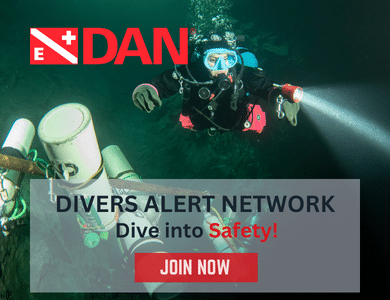


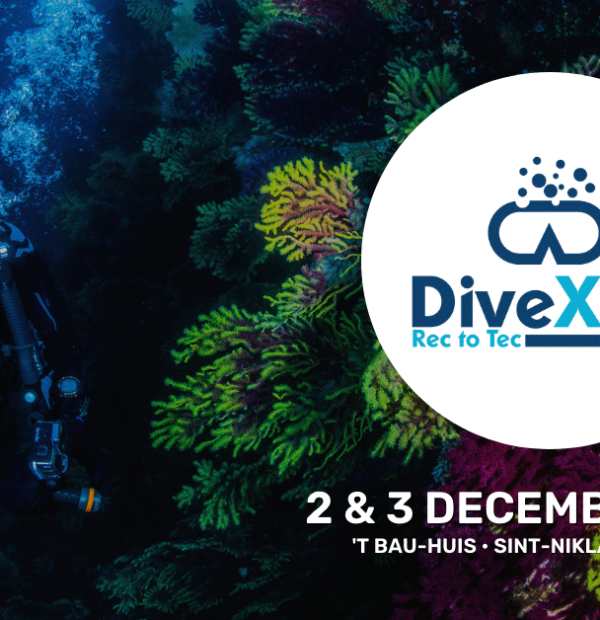

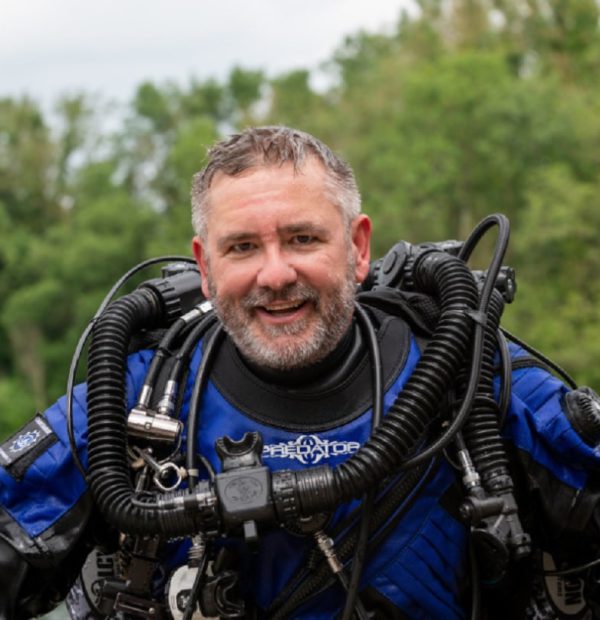
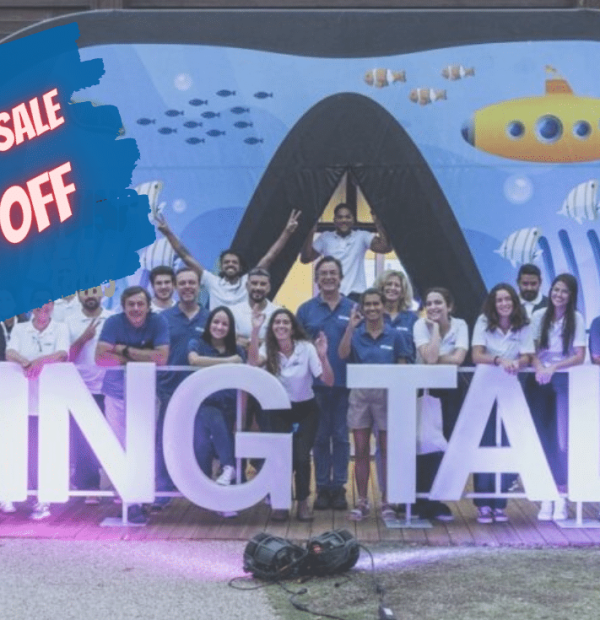
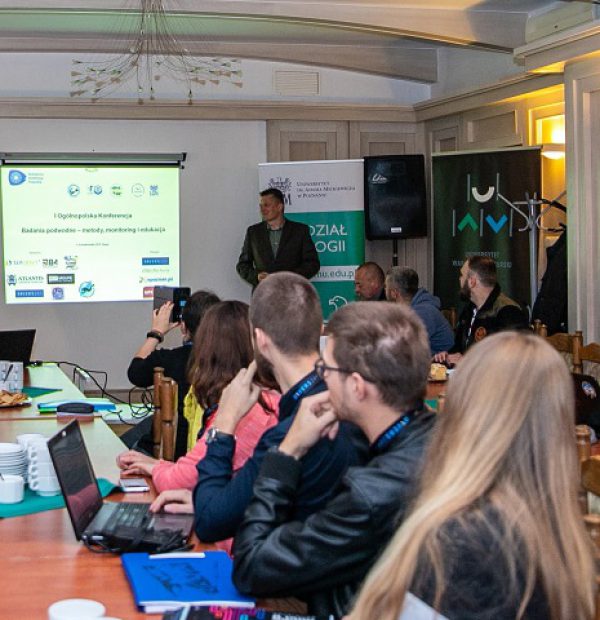


Welcome to DIVERS24.COM, your daily source of scuba news, freediving, scuba diving information, and equipment reviews. Our comprehensive coverage of the dive industry from A to Z provides you with all the latest scuba news, training updates, underwater photography tips, and everything else related to scuba diving. Whether you’re a beginner or an experienced diver looking for more knowledge about scuba gear or techniques – we’ve got it covered! With our in-depth articles written by experienced divers who have been there and done that, you are sure to find exactly what you need here at Divers24.com. Dive into scuba news today!
Underwater Media Sp. z o.o.
Szafarnia 11/F8,
80-755 Gdansk, Poland
Welcome to DIVERS24.COM, your daily source of scuba news, freediving, and scuba diving information. Sign in for a weekly news update and discount coupons for dive gear and apparel.
@2023 - underwatermedia.pl. All Right Reserved. Designed and Developed by Tworzenie stron internetowych Gdansk

The Divers24 portal is currently the largest online medium treating diving in Poland. Since 2010 we have been providing interesting and important information from Poland and around the world on all forms of diving and related activities.
Contact us: info@divers24.com